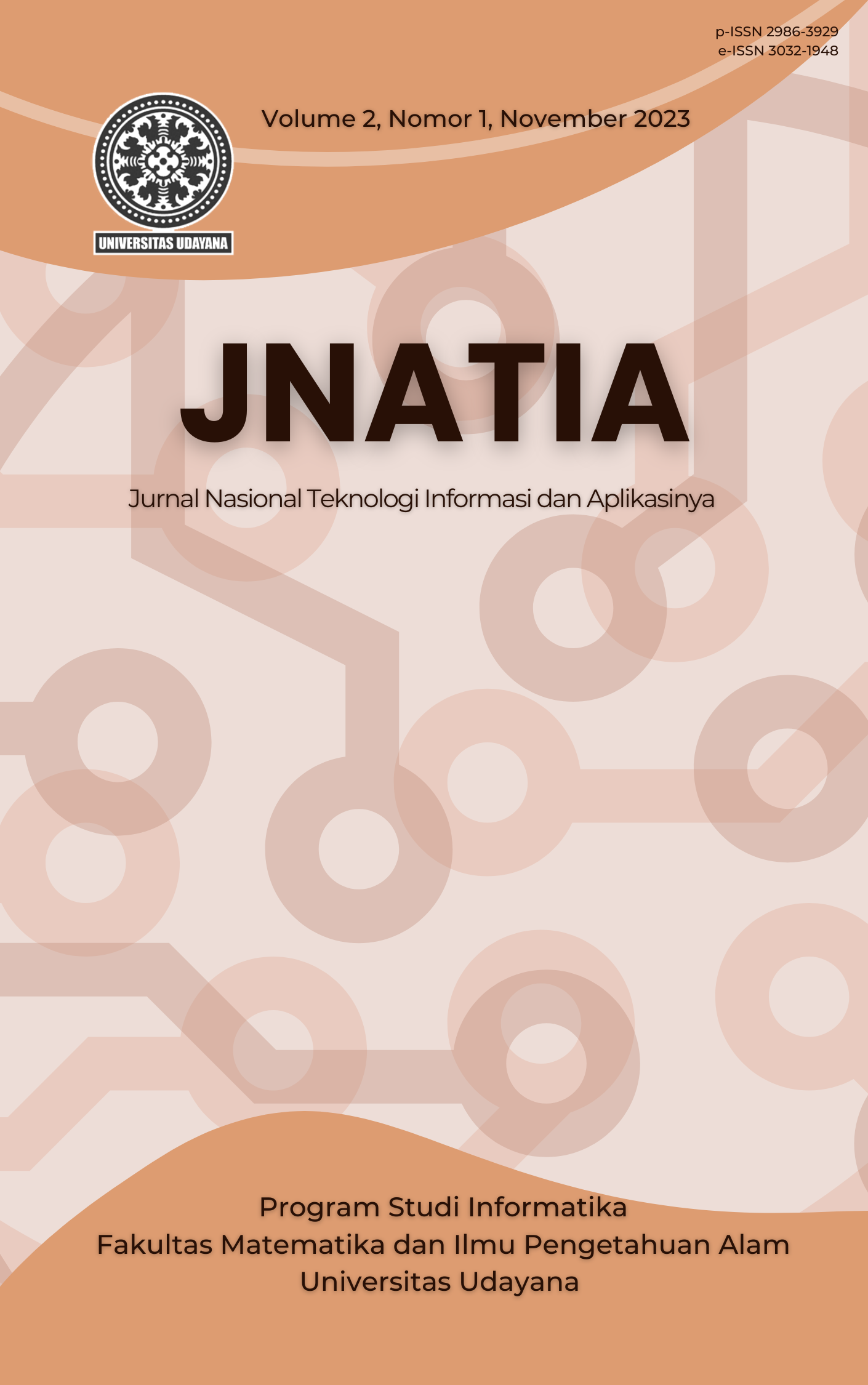Rancang Model Ontologi untuk Representasi Pengetahuan Busana Tradisional Indonesia
Abstract
Indonesia has islands that are inhabited by more than 255 million people, making Indonesia the fourth most populous country in the world. Not far from the population density in Indonesia, there are various kinds of culture, one of which is by showing the identity of each region by wearing their traditional clothes. Traditional clothing in various regions in Indonesia certainly has different uses and meanings and has its own characteristics, so it needs to be studied properly. The appropriate method for documenting Traditional Clothing is with an appropriate onological knowledge base to present the information. In this project, ontology methods are created using the Protege ontology developer tool. We apply the METHONTOLOGY method in the development of the ontology model, which describes in detail each step taken. The designed ontology model has 21 classes, 5 object properties, 2 data properties, and 32 individuals. We focus on explaining which materials, ethnicities and origins are used in Traditional Clothing. Testing is carried out using the ontology model development by performing a SPARQL query.




